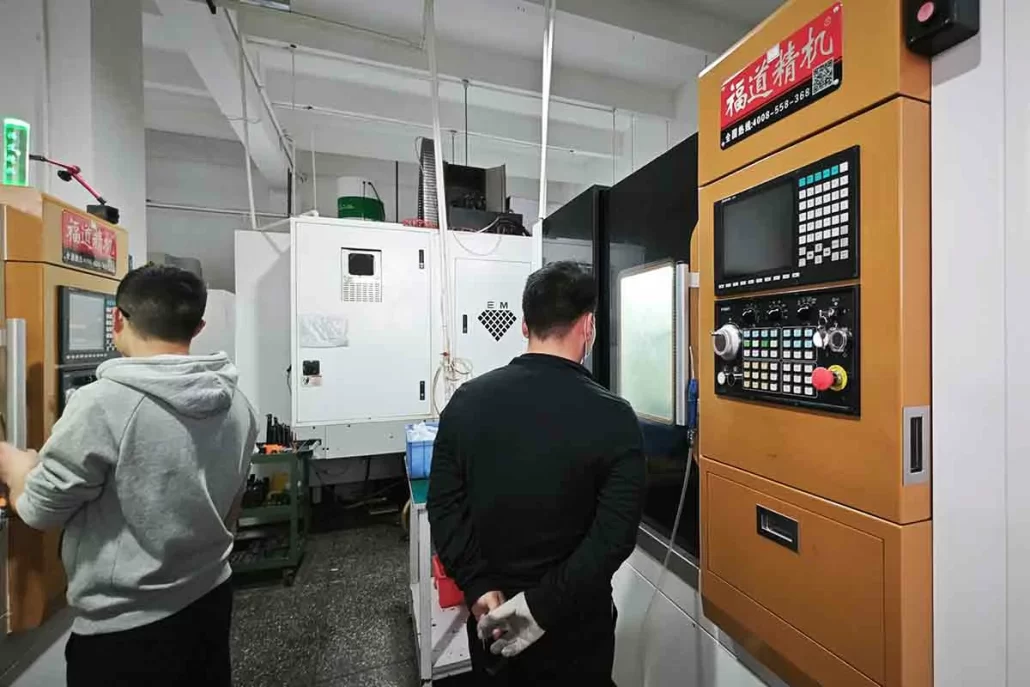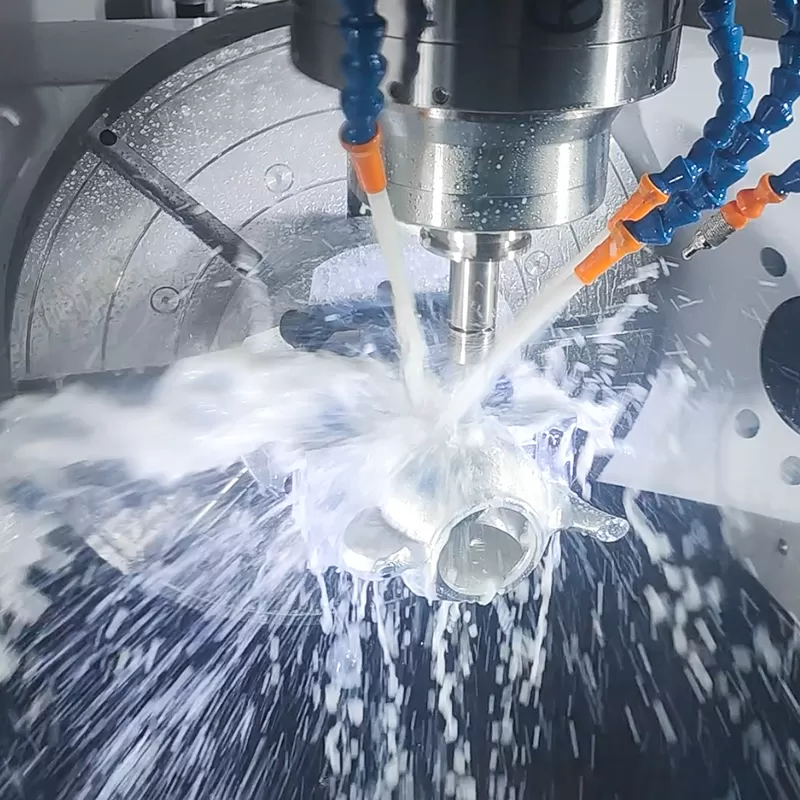CNC milling machines are versatile and highly precise tools used in modern manufacturing to create a vast array of products. The CNC machines rely on a wide range of cutting tools and techniques to shape the materials and meet the desired specifications. This article will explore the various cutting tools and techniques used in CNC milling machines.
CNC Milling Machine Parts Cutting Tools
End Mills
End mills are the most common type of cutting tool used in CNC milling machines. They come in various shapes and sizes and are used to cut through materials such as wood, plastics, and metals. The cutting edge of the end mill can be straight or angled, depending on the desired result. End mills can be made from different materials, such as high-speed steel, carbide, or cobalt, depending on the hardness of the material being machined.

Face Mills
Face mills are another type of cutting tool used in CNC milling machines. They have a large diameter and are used to remove large amounts of material quickly. Face mills can be used to create flat surfaces or contours on the workpiece, depending on the shape of the cutting edge. They are ideal for roughing operations where a lot of material needs to be removed quickly.
Drills
Drills are used to create holes in the workpiece. They come in different sizes and shapes, and the choice of drill depends on the size and depth of the hole needed. There are two main types of drills used in CNC milling machines: twist drills and spot drills. Twist drills are used for general-purpose drilling, while spot drills are used to create a starting point for drilling a hole accurately.
Reamers
Reamers are used to create precise and accurate holes. They are often used after drilling to ensure that the hole has the correct size and finish. Reamers can be used to enlarge existing holes or create holes with a specific diameter and finish.
Inserts
Inserts are used in CNC milling machining to cut materials such as metals. They are available in different shapes and sizes, and the choice of insert depends on the material being machined. Inserts can be made from different materials such as carbide, ceramic, or diamond.
Countersinks
Countersinks are used to create a conical-shaped hole in the workpiece. They are often used to create a starting point for drilling a hole accurately or to create a chamfer on the edge of the workpiece.
CNC Milling Machine Parts Cutting Techniques
Conventional Milling
Conventional milling is the most common cutting technique used in CNC milling machines. The cutting tool rotates in the opposite direction to the workpiece, creating a shearing action that removes material from the workpiece. Conventional milling is ideal for roughing operations where a lot of material needs to be removed quickly.

Climb Milling
Climb milling is a cutting technique where the cutting tool rotates in the same direction as the workpiece. It creates a slicing action, which results in a smoother finish and less tool wear. However, climb milling can be more dangerous than conventional milling as it can cause the workpiece to grab the cutting tool and pull it into the material. Climb milling is ideal for finishing operations where a smooth surface finish is required.
High-Speed Machining
High-speed machining is a cutting technique where the cutting tool moves at a high speed, allowing for faster material removal. This technique requires a high-speed spindle and specialized cutting tools. High-speed machining is ideal for finishing operations where a high surface finish is required, or for cutting hard materials such as titanium.
Trochoidal Milling
Trochoidal milling is a cutting technique that involves the use of a circular tool path with a high feed rate. This technique can reduce tool wear and increase material removal rates, making it ideal for roughing operations.
Peel Milling
Peel milling is a cutting technique that involves cutting a thin layer of material from the workpiece. This technique can reduce tool wear and improve surface finish and is ideal for finishing operations.
In conclusion, the selection of the right cutting tool and technique is crucial to the success of CNC milling operations. Manufacturers must consider the material being machined, the desired finish, and the production time when choosing the cutting tool and technique. With the right tools and techniques, CNC milling machines can create complex and intricate parts with ease, revolutionizing the manufacturing industry.


